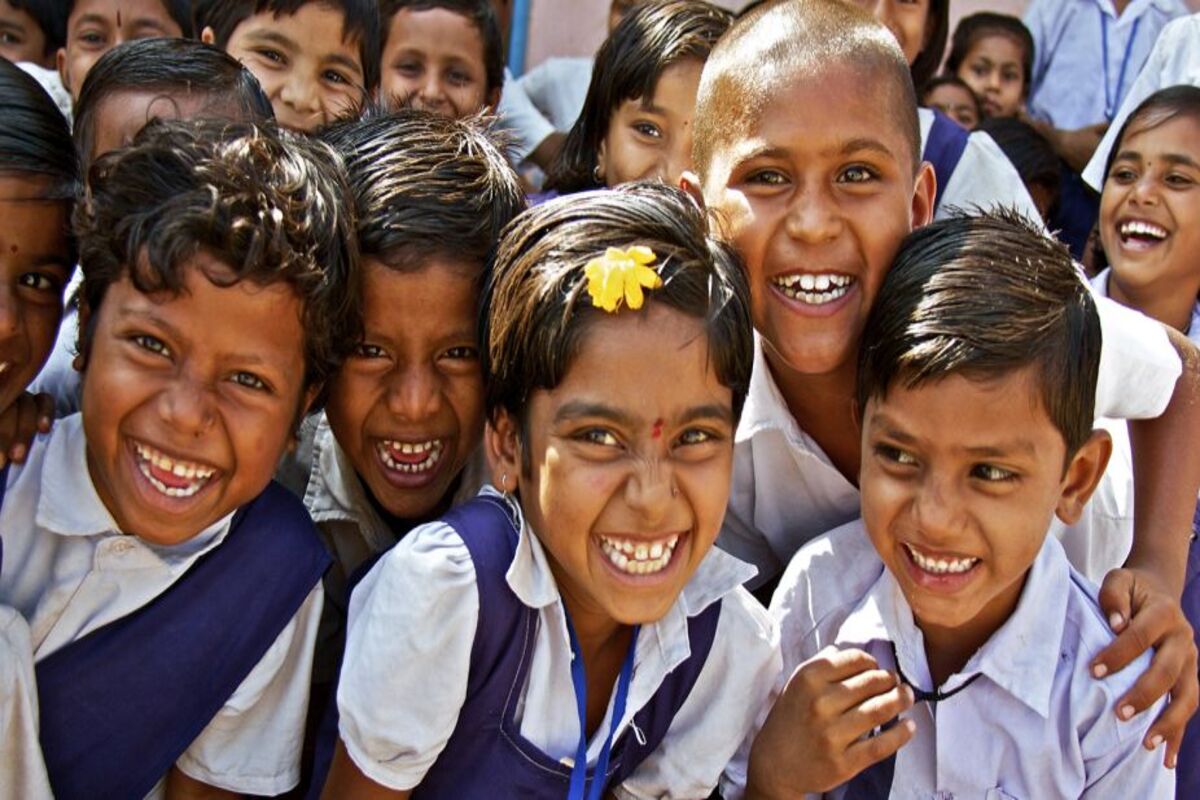Raising a kid is 18 years of prompt engineering: Musk
Raising a kid is 18 years of prompt engineering, said Tesla and SpaceX CEO Elon Musk on Wednesday.
The immediate trigger for the decision, despite fears of a third wave appears to have been the report of the Parliamentary Standing Committee on Education, Women and Children last month which underlined that the indefinite closure of schools had disrupted the social fabric

Schools across the country which were instructed to shut indefinitely in early 2020 when the Covid-19 pandemic hit are slowly beginning to reopen. Various state governments have begun physical classes.
The immediate trigger for the decision, despite fears of a third wave appears to have been the report of the Parliamentary Standing Committee on Education, Women and Children last month which underlined that the indefinite closure of schools had disrupted the social fabric.
In a country such as India, it is not surprising that the Committee found the lack of access to schools had resulted in a spike in the incidence of child marriage and child labour. Batting for reopening, the panel said: “The closure of schools has impacted families in a negative manner, leading to early/child marriages and increased involvement of children in household chores.
Advertisement
The present situation has exacerbated the learning crisis that existed even before the pandemic with marginalised and vulnerable children getting adversely affected.” This conclusion is backed by an Asian Development Bank-Brookings Institute survey which asked important questions: To what extent will learning and progression in school, especially among primary-school-aged children in low/middle-income settings, be affected by school closures?
Further, how will the closures cause inequality in learning among girls and boys, among poor and affluent children, and across communities and countries of varying income levels? The survey was conducted earlier this year in Chennai, the country’s fifth most populous city.
It was chosen because of its high population density, where families typically have several nearby private and government school options, and provided a ripe setting to explore how the use of ed tech differed between schools, prior to and during the pandemic.
One in five children, the findings showed, were enrolled in schools that did not offer remote instruction during closures, and even among children whose schools had begun remote instruction, slightly more than half attended all classes.
The results of the survey confirmed that during closures, students in private schools and those from households with high socio-economic status (SES) had more access to digital devices and were more engaged in regular educational activities than their peers in government schools and from low-SES households.
Evidence also suggests that ensuring students have access to even low-tech interventions, such as text messages and phone calls, can help mitigate potential learning losses.
In this context, it’s vital that authorities provide socio-emotional support to educators and students, recognising that the pandemic has not only caused learning loss but also emotional trauma.
Partial reopening of schools is now either underway or scheduled for this month in Delhi, Uttar Pradesh, Punjab, Karnataka, Tamil Nadu, Rajasthan, Maharashtra, and Bihar. While strict protocols must be maintained, given vaccination for the 12-18 age group is not available, and allowing ed tech for those children with demonstrable access to online tools could be an option worth exploring, for most children it must be back to school.
Advertisement